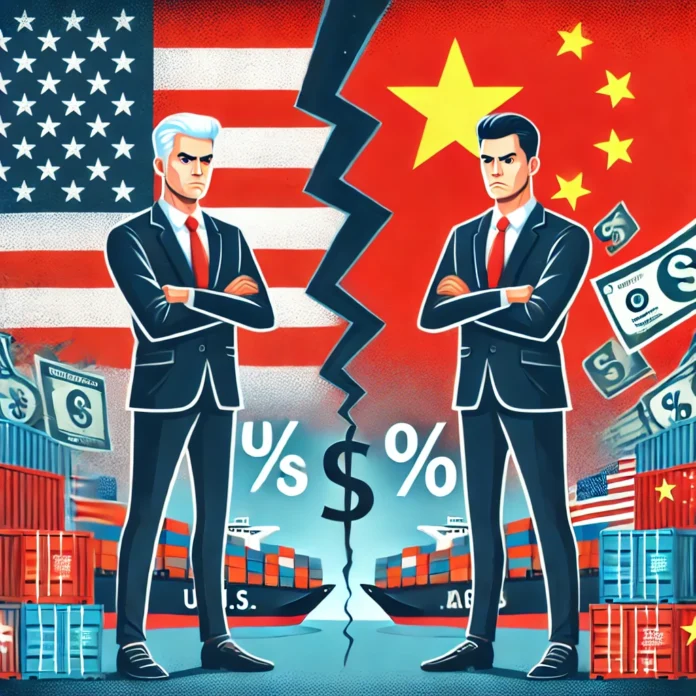In a move reminiscent of his earlier trade policies, President Donald Trump has announced new tariffs targeting China, Canada, and Mexico, citing national security concerns and aiming to address issues like the influx of fentanyl into the United States. These tariffs, set at 10% on Chinese imports and 25% on imports from Canada and Mexico, are poised to reignite trade tensions and have significant global economic implications.
What Happened?
On February 1, 2025, President Trump declared the imposition of new tariffs: 10% on Chinese products and 25% on goods from Canada and Mexico. The administration justifies these measures as efforts to combat the flow of fentanyl into the U.S. and to protect national security. This action marks the beginning of a second major trade confrontation with China, echoing the disputes from Trump’s first term.
Why It’s Important
The reintroduction of tariffs is expected to have widespread economic repercussions. For the U.S., consumers and businesses may face higher costs due to increased prices on imported goods, potentially leading to inflationary pressures. Industries reliant on imports, such as technology and manufacturing, could experience supply chain disruptions. Globally, these tariffs may destabilize international trade relationships and hinder economic growth, with some experts warning that the impact could rival the disruptions caused by the COVID-19 pandemic.
What Experts Say
Economists caution that the tariffs could lead to significant economic challenges. Philip Levy, a senior fellow at the Chicago Council on Global Affairs, noted, “Everybody loses in a trade war. You get consumers who are worse off. You get producers who are worse off, farmers who are worse off, and you don’t even achieve your goal.”
Additionally, financial markets have reacted negatively, with notable declines indicating concerns over potential economic instability.
What’s Next?
In response to the U.S. tariffs, China has indicated it is preparing possible countermeasures, including restrictions on exports of critical materials like germanium and graphite. The situation remains fluid, with potential for further retaliatory actions from affected countries. Businesses and consumers should brace for possible price increases and supply chain adjustments. Key upcoming events, such as the National People’s Congress in March and the U.S. trade-policy review on April 1, will be pivotal in shaping the future trajectory of these trade disputes.
Conclusion
The reimplementation of tariffs by the Trump administration signals a renewed phase of trade tensions with significant global implications. Stakeholders are advised to stay informed and monitor developments closely as the situation evolves.





